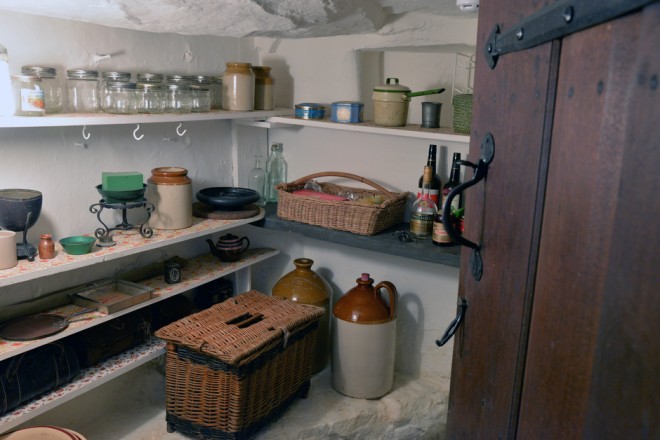
Gimson included the kind of larder that most of us long for nowadays but few are given.


Gimson included the kind of larder that most of us long for nowadays but few are given.
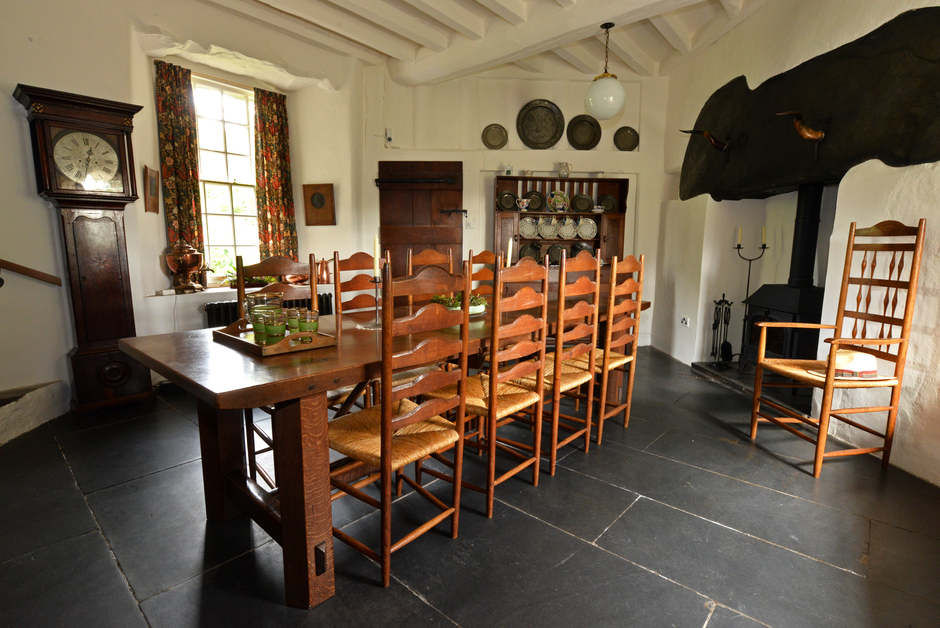
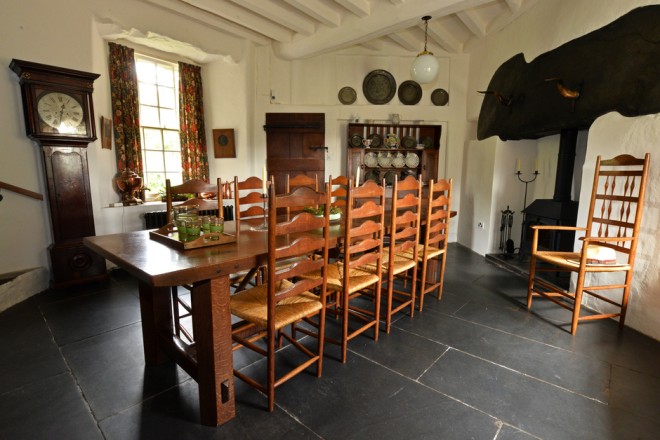
The dining room table. In fact some of this is achievable by any of us – very similar ladder-back chairs are still made, and the slate floor can be laid of course. But the table is unique: presumably it has been in situ ever since Stoneywell was designed by Ernest Gimson in 1899.

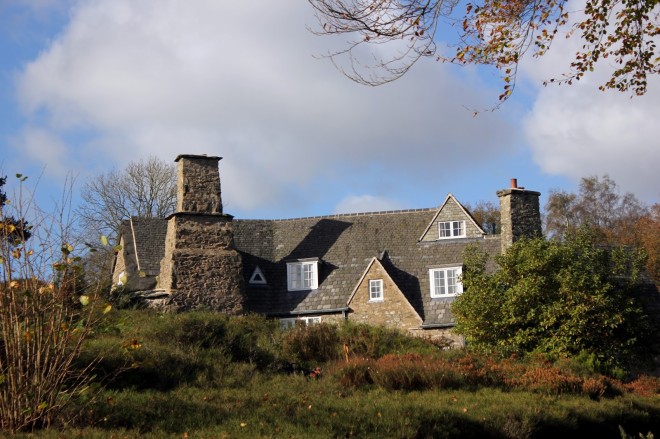
Stoneywell has just been given to the National Trust. It is the kind of house, like Charleston or Kettle’s Yard, which might, in another life, have belonged to any of us; and since it is in Leicestershire, might have been lived in by the Whipples; or by the Blakes in They Knew Mr Knight (although they would not have wanted to live in an Arts and Crafts house, that would have been too bohemian for them).
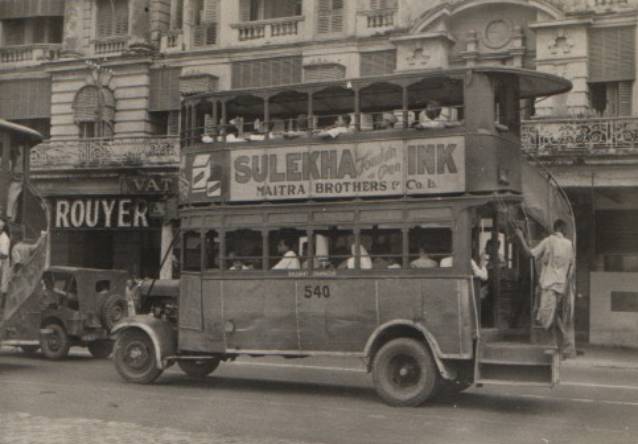

The scene right at the end of The Far Cry (no spoilers) is summed up by this photograph of a bus. Calcutta is so different now, and yet many things have not changed. And the novel is timeless. More photographs, and of course an incisive description of the book, at the Persephone Forum here.
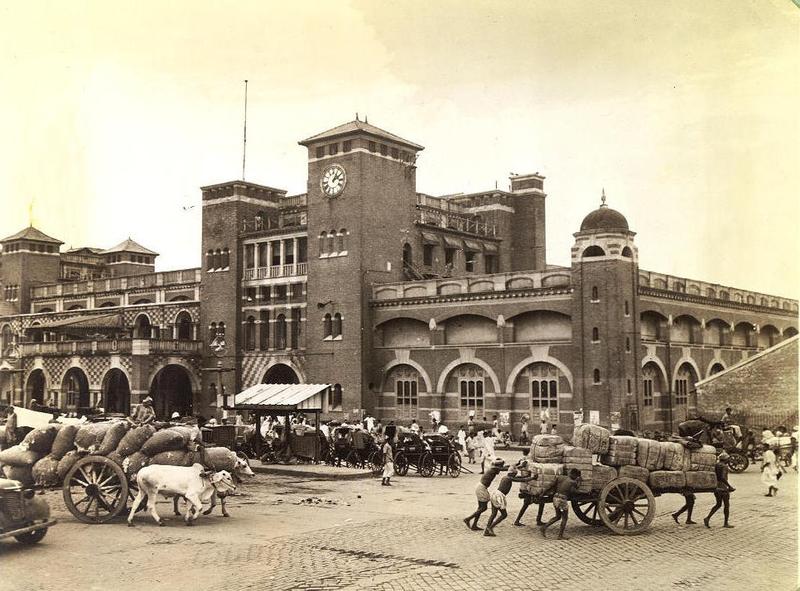
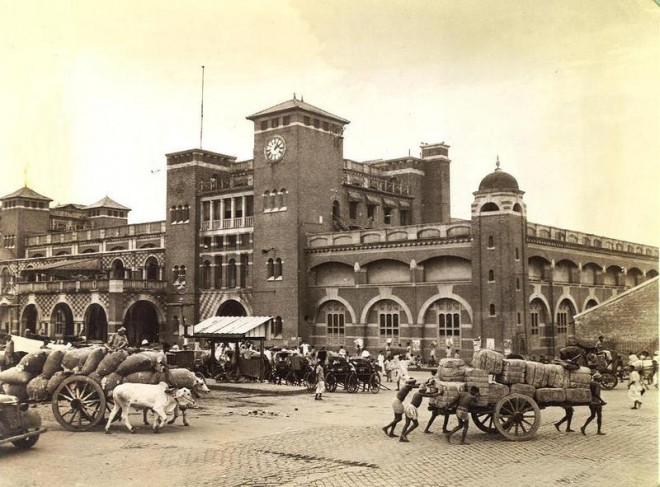
This India really does not exist any more but it’s very much Emma Smith’s India.
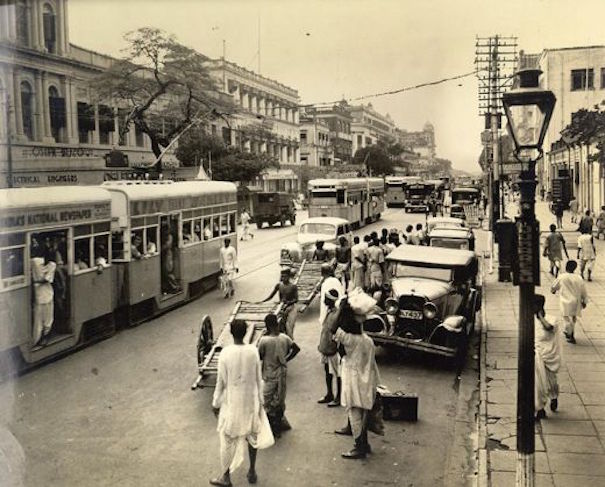

There was a very interesting profile of Emma Smith in the Observer when the second volume of her memoirs appeared; and at the end of the piece there was a comment about the famous 1948 photograph of Emma by Robert Doisneau. Now, for Emma Smith’s many fans, that spot on the quai is immortalised as ‘Emma’s typewriting place’ – it is where The Far Cry was written.
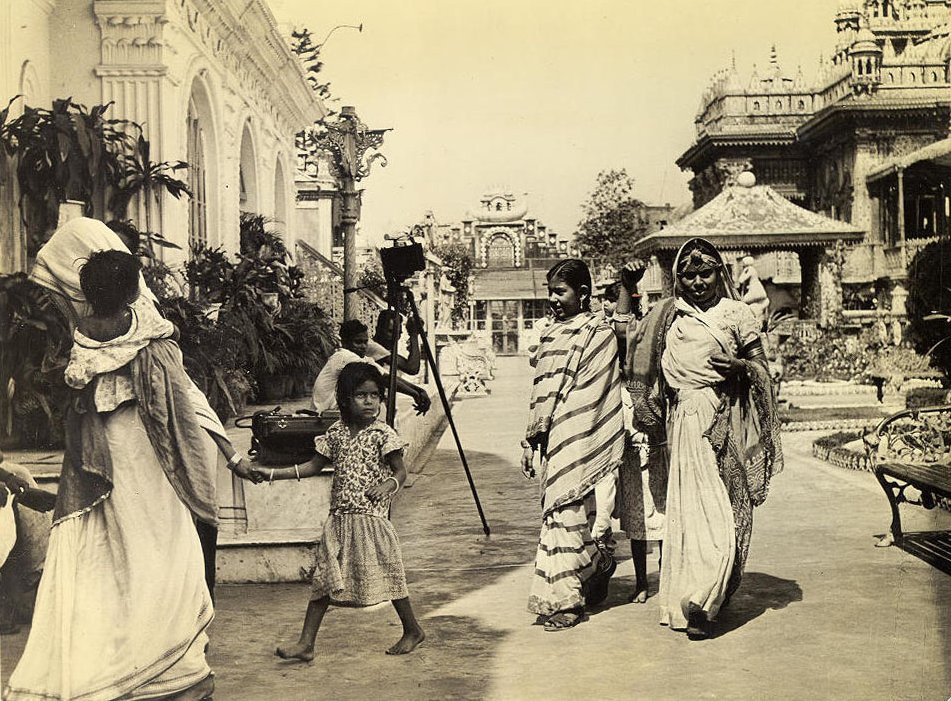
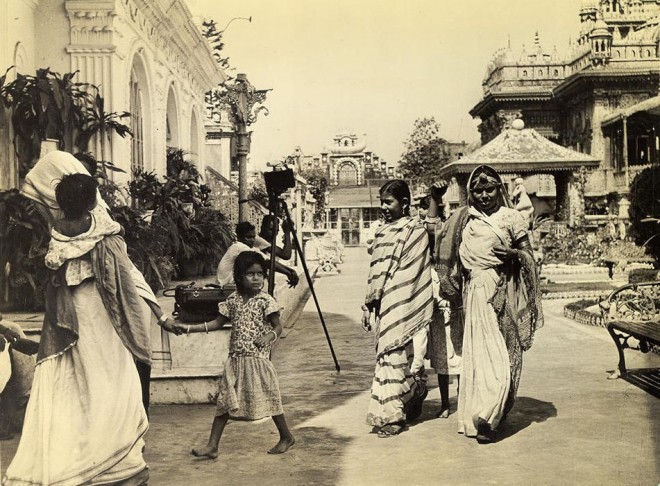
The Far Cry is about an English girl in India. But the descriptions of Indians are unforgettable. And of course let’s not forget A Passage to India and The Jewel in the Crown.
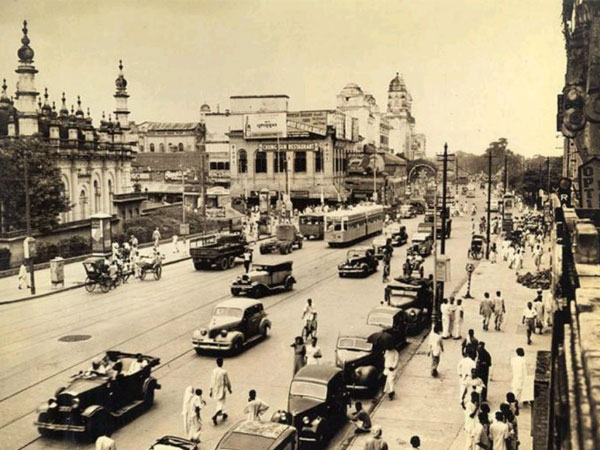

This week we are honouring Emma Smith’s The Far Cry, one of our bestselling novels. It’s set in India in the ’40s, fifteen years later than Indian Summers (which has the effect on some of us of making us return, hastily, to The Far Cry): Calcutta in the 1940s.
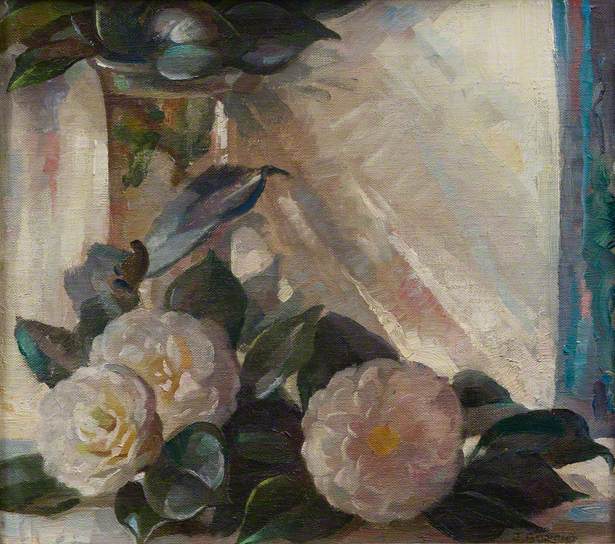

Of the nine paintings of camellias on the PCF site, seven are by women. This is unusual and probably coincidence as men paint flowers just as much as women. But for a feminist daily post it’s a pleasing statistic. (We are , by the way, going to be at the Women of the World Festival next weekend, with a table in the marketplace where a selection of twenty ‘curated’ books will be £9 each instead of £12. Do come and see us! We are there from 11-5 on Friday and on Saturday.) Here is Camellias by Jill Garnier (1890-1966) painted in Cornwall during the war and therefore we can imagine the artist as a Cressida figure (Cressida in A House in the Country that is). Or perhaps not – on the Penlee House site there is this remark: ‘Her life was one of constant frustration she was often heard to complain Why do I have to spend half my time doing the housekeeping when I could be painting?’ Cressida did not complain, well only inwardly. Jill Garnier sounds rather fascinating, could a Cornish Persephone reader do some more research on her maybe?
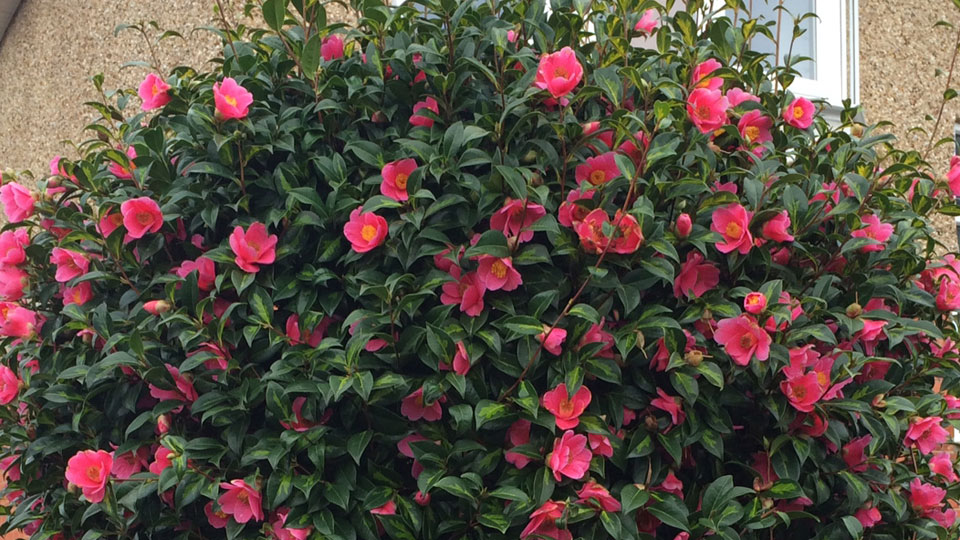
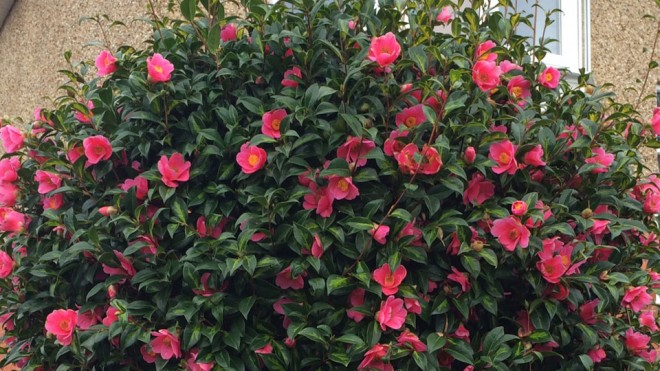
There is an international camellia society, and the British book on the subject Camellias: The Gardener’s Encyclopaedia is by Jennifer Trehane. The Trehane nursery in Dorset is the place to go to buy a plant: ‘for the first time in fifty years cuttings of the Chiswick House parent plants have been propagated thanks to Trehane’ (FT).